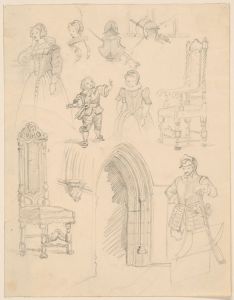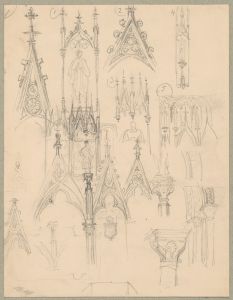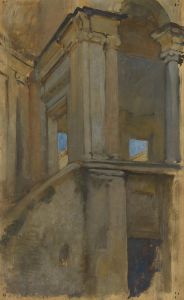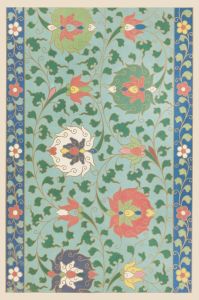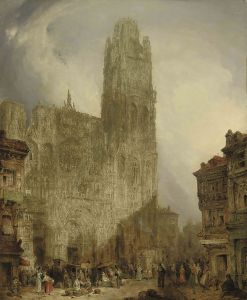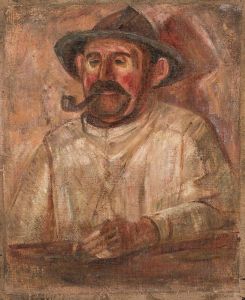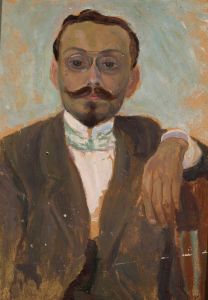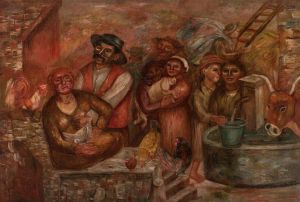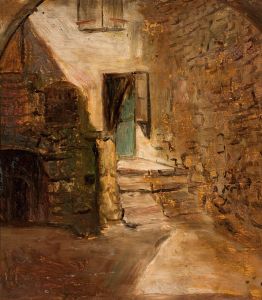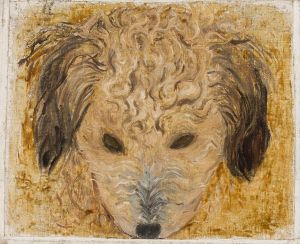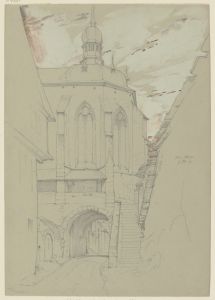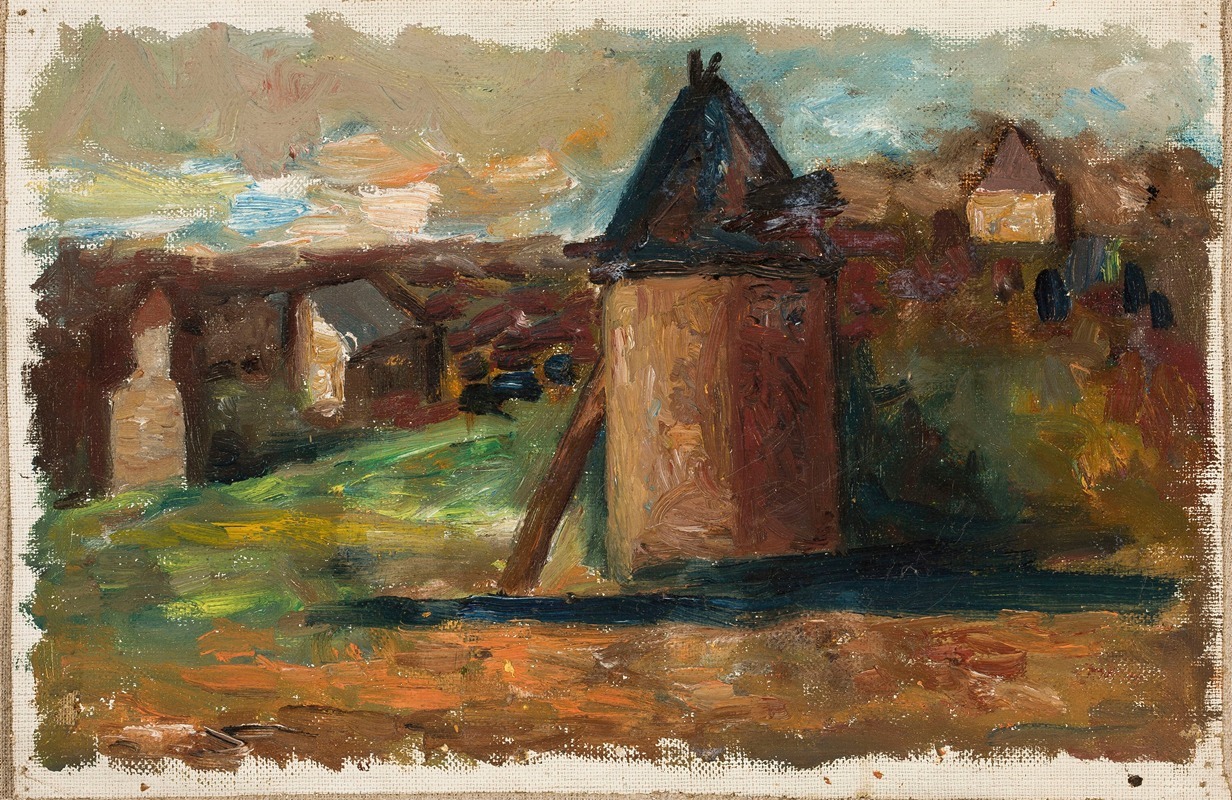
Pejzaż z zabudowaniami miejskimi
A hand-painted replica of Tadeusz Makowski’s masterpiece Pejzaż z zabudowaniami miejskimi, meticulously crafted by professional artists to capture the true essence of the original. Each piece is created with museum-quality canvas and rare mineral pigments, carefully painted by experienced artists with delicate brushstrokes and rich, layered colors to perfectly recreate the texture of the original artwork. Unlike machine-printed reproductions, this hand-painted version brings the painting to life, infused with the artist’s emotions and skill in every stroke. Whether for personal collection or home decoration, it instantly elevates the artistic atmosphere of any space.
Tadeusz Makowski was a Polish painter known for his unique style that combined elements of Post-Impressionism and Cubism. Born on January 29, 1882, in Oświęcim, Poland, Makowski initially studied classical philology at the Jagiellonian University in Kraków before pursuing art at the Academy of Fine Arts in Kraków under the tutelage of Józef Mehoffer and Jan Stanisławski. His early works were influenced by the Young Poland movement, which was characterized by a blend of Symbolism and Art Nouveau.
Makowski moved to Paris in 1908, where he became part of the vibrant artistic community. In Paris, he was exposed to various avant-garde movements, including Cubism, which significantly influenced his artistic development. Over time, Makowski developed a distinctive style that often featured simplified forms and a muted color palette, focusing on themes of childhood and rural life.
"Pejzaż z zabudowaniami miejskimi" (Landscape with Urban Buildings) is one of Makowski's works that exemplifies his mature style. While specific details about this painting are scarce, it is known that Makowski often depicted scenes that combined elements of the urban and rural landscapes, reflecting his interest in the simplicity and innocence of everyday life. His paintings frequently included architectural elements, such as houses and buildings, rendered in a stylized manner that emphasized geometric forms and a sense of harmony.
Makowski's work is characterized by its poetic quality and a sense of nostalgia. He often used a subdued color palette, with earth tones and soft pastels, to create a dreamlike atmosphere. His compositions are carefully balanced, with an emphasis on structure and form, reflecting his background in Cubism. Despite the influence of modernist movements, Makowski maintained a connection to Polish folk art, which is evident in the simplicity and directness of his imagery.
Throughout his career, Makowski exhibited his work in various prestigious venues, including the Salon d'Automne and the Salon des Indépendants in Paris. His paintings were well-received by critics and collectors alike, and he gained a reputation as one of the leading Polish artists of his time. Makowski's work is held in high regard for its unique blend of modernist techniques and traditional themes, and it continues to be celebrated for its emotional depth and artistic innovation.
Tadeusz Makowski passed away on November 1, 1932, in Paris. His legacy endures through his contributions to modern art and his influence on subsequent generations of artists. Today, his works are held in numerous public and private collections, including the National Museum in Warsaw and the Musée National d'Art Moderne in Paris. "Pejzaż z zabudowaniami miejskimi" remains a testament to Makowski's ability to capture the essence of his subjects with sensitivity and insight, reflecting his enduring fascination with the interplay between the urban and rural environments.





